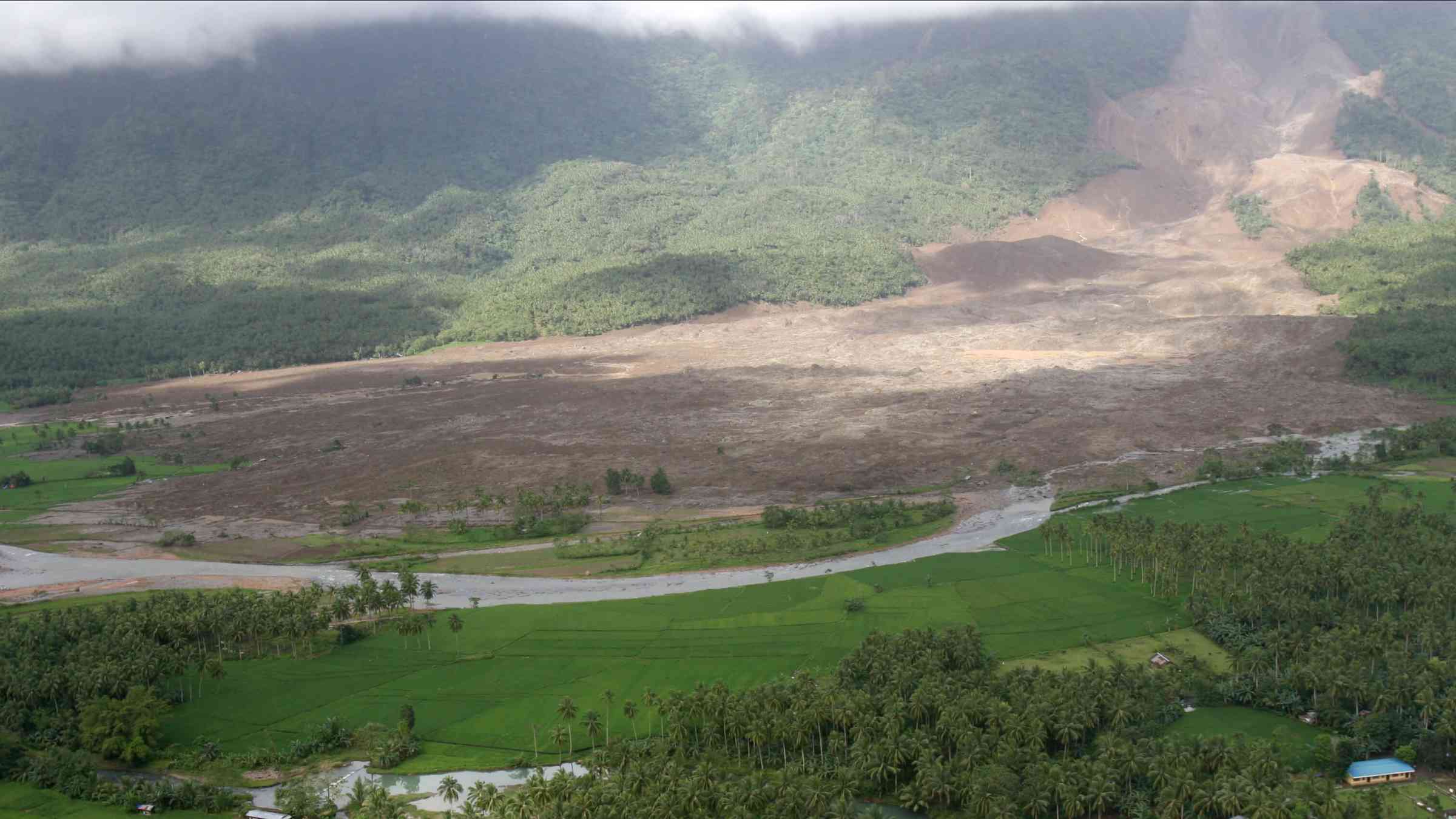From injuries to infectious diseases, what are the health risks in the aftermath of PNG’s landslide?

It's a week since Papua New Guinea (PNG) experienced a massive landslide in the Enga province, in the country's highlands.
More than 7,800 people have been affected by the landslide, including more than 3,300 children. This could mean they've been displaced from their homes or are lacking access to basic necessities.
The exact death toll is still unknown, and estimates have varied, but the figure could be as many as 2,000 or more. Estimating deaths in disasters comes with a range of challenges and we may never know the actual number of lives lost.
But even many survivors are likely to be facing serious injuries and illness, with warnings of a significant risk of disease outbreaks in the region.
So what are the potential health risks following a landslide? And what can we do to mitigate them?
From injuries to illness
Like many natural disasters, landslides can lead to serious physical harms. Rapidly flowing water and debris can cause injury and death. People may become trapped as the landslide carries buildings, structures and people in an unpredictable manner.
The Enga landslide happened in the middle of the night, which sadly meant most people could not escape in time.
Early efforts after a natural disaster almost always focus on minimising casualties and providing essential and immediate medical care.
Once the situation stabilises, the health situation on the ground may require a risk assessment to review the potential public health impacts and further determine the needs of the community.
Other natural disasters show us it's likely there will be an increased risk of disease outbreaks after the landslide. This could include water-borne diseases, such as diarrhoea, possibly due to disrupted access to clean drinking water, as well as reduced sanitation and hygiene.
Skin diseases, such as scabies and yaws (a bacterial infection), occur commonly in PNG, which could also lead to outbreaks with close contact in overcrowded settings.
Heavy rainfall and landslides can also lead to proliferation of mosquitoes and other vectors. This could increase the risk of vector-borne diseases, such as dengue, especially if the disease is already circulating, which is the case in PNG.
PNG is one of the few countries in the Pacific region where malaria transmission is ongoing. So there could also be a risk of increased cases of malaria (another mosquito-borne disease) in the region.
We could even see a surge in vaccine-preventable diseases. The 2005 tsunami in Aceh, Indonesia, resulted in an outbreak of tetanus. While tetanus is not spread from person to person, contaminated wounds in people where vaccine coverage is low can result in tetanus cases and deaths.
Aceh also saw clusters of measles after the tsunami due to overcrowding among displaced populations, combined with patchy vaccination coverage.
Health system weaknesses
The risk of infectious diseases outbreaks in PNG stems from some underlying weaknesses in the health system, and poorer health outcomes. For example, in PNG, it's estimated that for children under five years old, 41 children die for every 1,000 live births. In Australia, this number is ten times lower, at four deaths per 1,000 live births. Disparities also exist for maternal deaths, and infectious diseases such as HIV.
Nationally, PNG's immunisation rates are low. For example, in 2023, coverage for the first dose of the measles vaccine for children was only 52%. Because measles is so transmissible, 95% of children should be vaccinated with at least two doses of measles vaccine.
Low vaccination coverage can lead to outbreaks during natural disasters, so PNG may be at risk.
The risk of infectious diseases outbreaks might also be influenced by the disruption in access to health-care services. This can result in delayed diagnosis and treatment of infections.
Mitigating the risks
A disaster like this will have severe societal and economic impacts that will last for some time. We also know individuals affected by natural disasters can face mental health problems and gender-based violence.
Beyond providing medical care, local and international agencies are working to offer shelter, clean water and food, and mental health support to affected people.
Over the coming days and weeks, it will be important to closely monitor the health situation in PNG. This will require close coordination between, and leadership from local, national and international agencies.
As primary health care is restored around the affected area, one of the key aspects to preventing outbreaks is to have effective disease surveillance systems in place. These can detect outbreaks early, enabling a rapid response.
For example, in Fiji after cyclone Winston in 2016, a similar surveillance system detected outbreaks of influenza, conjunctivitis and typhoid. This prompted public health responses to prevent further spread of infection.
A rough road
PNG, like the Pacific more broadly, is vulnerable to the health risks from climate change due to the geography, rising temperatures and communities living in remote locations.
In the past ten years, PNG has experienced storms, droughts, floods, earthquakes, volcanic activity and landslides. We know climate change can increase the risk of these sorts of natural disasters.
Places such as PNG are at heightened risk of landslides due to their geographical location, terrain and climate. Landslides are also difficult to predict.
Ultimately the health effects from natural disasters and other emergencies can be minimised through preparedness, strengthening the health system, and mitigating the impacts of climate change. Beyond focusing on helping people in the Enga province, these are the things we should be working towards.
![]()